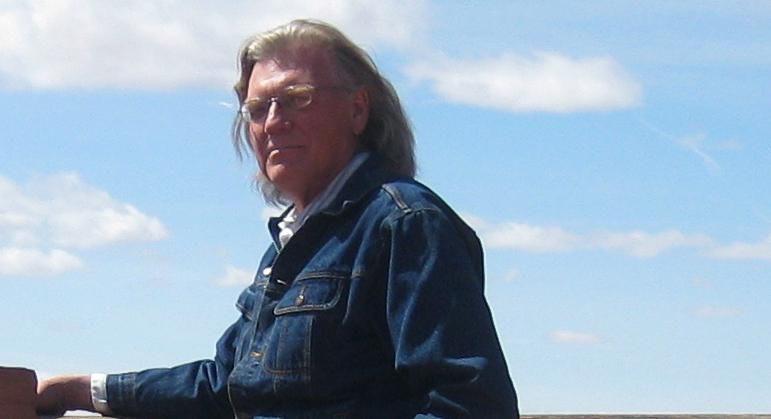Some information may be outdated.
One of the many repeat visitors I encountered in my work at Canyonlands National Park told me he came out every year into the Land of Standing Rocks to “escape into reality.” The rest of the year he lived in Manhattan and worked in the financial industry, a world he considered exceedingly unreal. His notion did not strike me as a flippant reversal – he was all seriousness. Immersing himself for a week in the wildest place he could think of anchored his mind in reality.
Most would say, of course, that the temporary abandonment of the modern world for such an immersion experience is escaping reality. But how real is the reality of economic necessity? For most, it cannot be ignored of course; it is survival, it is responsibility. It imposes itself, demands we take it with utmost seriousness, requires we give it the majority of our thinking time and energy.
Now that many of us, because of the COVID-19 crisis, have been required to step away (temporarily we hope) from the usual routines of economic necessity, we have been plunged into the reality the man from Manhattan came two thousand miles to experience in the high desert of Canyonlands. Perhaps not as dramatic nor as wild, yet as real in his sense in that even what goes on in our gardens and backyards is the ancient drama of nature going about its business as it has for millions of years.
Our town is surrounded by quintessential reminders of the real: look at the west wall in the morning light. One does not have to go far to be immersed in the quiet wonder of the wild, at least now when the crisis has temporarily erased the reality of noisy industrial tourism. We can step away from it now and perhaps become a little unguided, a little unstructured in our thoughts. In light of the lack of necessitous schedules and the structure of work routines, our thinking can expand and even enter into a dialog with reality. It can actually be nice to communicate with a high desert landscape entirely devoid of economics. Surely such a landscape has wisdom to impart; the businessman from Manhattan certainly thought so.
One thinks of the reality of arcane financial transactions involving the most bewildering complications, the whole complicated ball of which grinds on forming the decision-making processes and resource allocation structures that have resulted in the economic realities of Moab: the grim iron-clad necessity of economic tourism whose bitter pill we are asked – no, ordered -to swallow. If probed into, at times all this appears a writhing den of snake-like algorithms intertwined in some secret remunerative grotto, a very fragile house of cards continuing to tumble in spite of all those sputtering spurts of stimulus money.
In itself, the reality of economic necessity is the repetitious grind of our daily lives. The quotidian shackling to rigid schedules, deadlines, endless forms, rules of thumb. For many, all this has gone by the wayside – for who knows how long. And our screens have become insufferable. So that leaves us with the real, material, unmediated world around us. And of course it requires work in many cases, nurturing work such as with gardens and orchards.
This ordinary backyard reality is the rich, unhurried world of arguably the greatest American poet, Emily Dickinson. Her world was the world of everyday life, of little things: gardens, seasons, birds, neighbors, nearby friends and family along with the big one that when not immersed in a frenzy of work routines we are obliged to think about: death, especially present now in this time of crisis.
It is inspiring to me that in times of war, national tragedy or deadly epidemics, the popularity of poetry always rises. We seem, in especially dark times, to need to take a detour into the real, into the authentic, into poetry and thus informed, into the lyrical world of our everyday lives. And here in Moab, with beauty all around us, many are awakening to the simple poetics of being – which has nothing to do with economics.
Gary Cox, recently retired, worked for 34 years year-round as a backcountry ranger in the Maze District of Canyonlands National Park. He now lives in Moab and is pursuing a writing career. His first novel, “Glass Towers and Goats,” has just been published.
Appreciate the coverage? Help keep local news alive.
Chip in to support the Moab Sun News.



